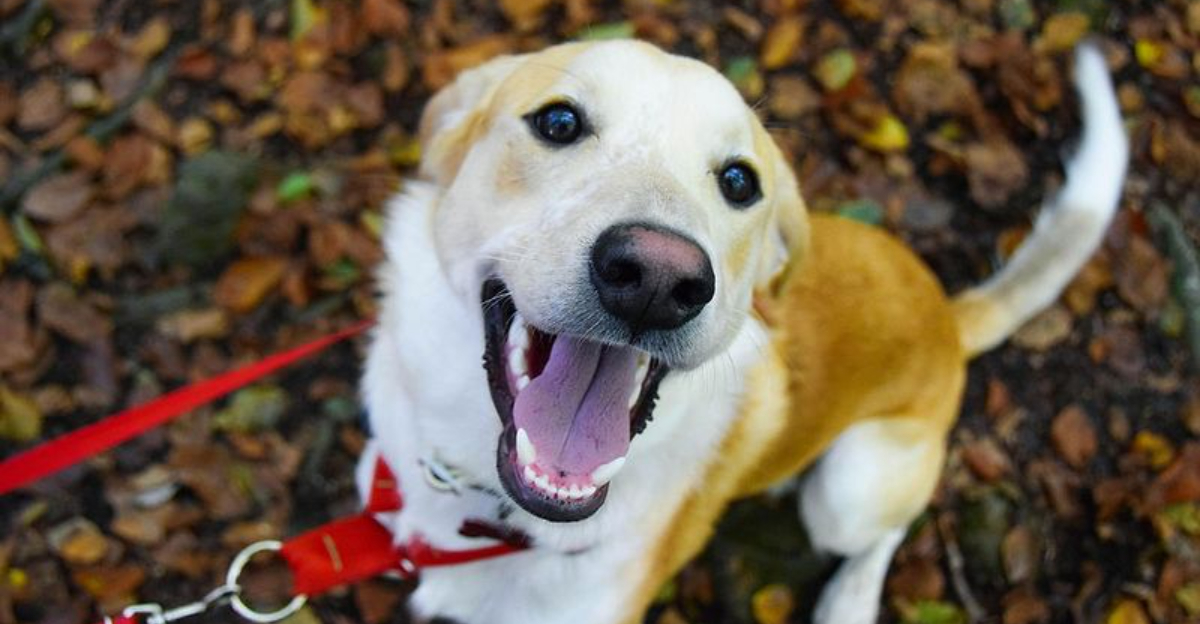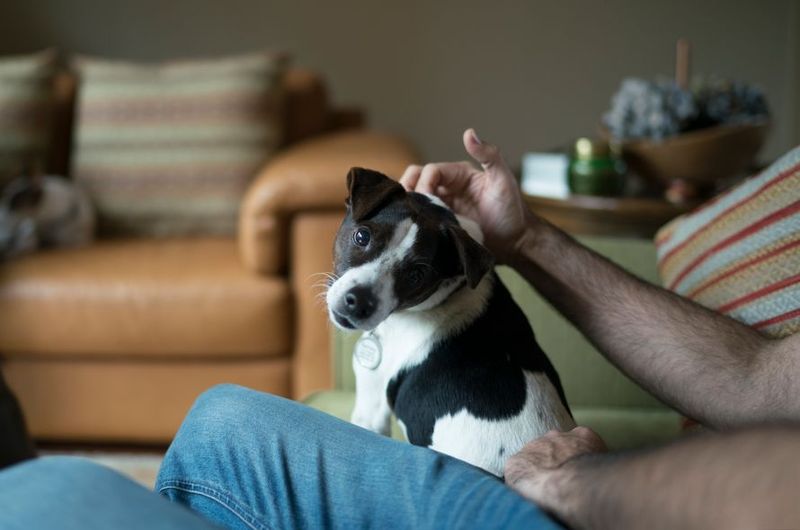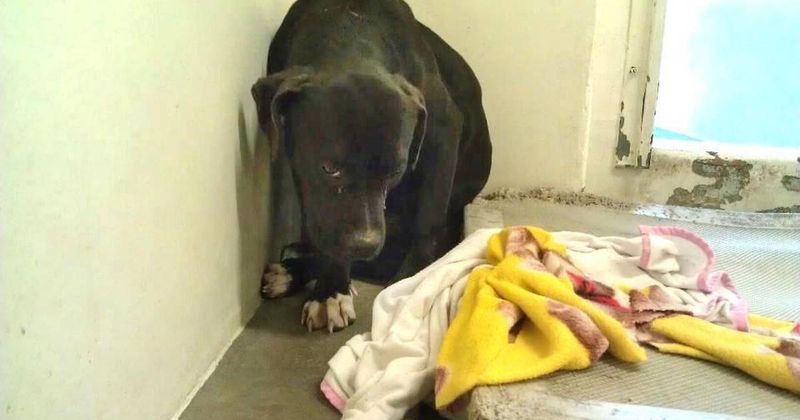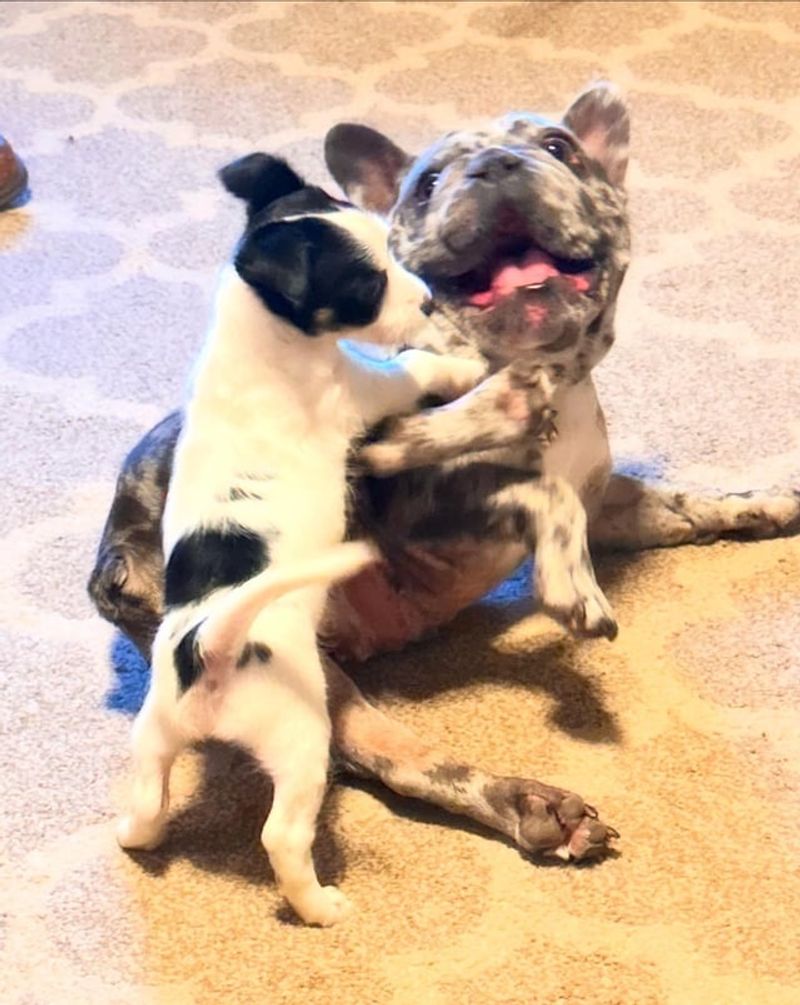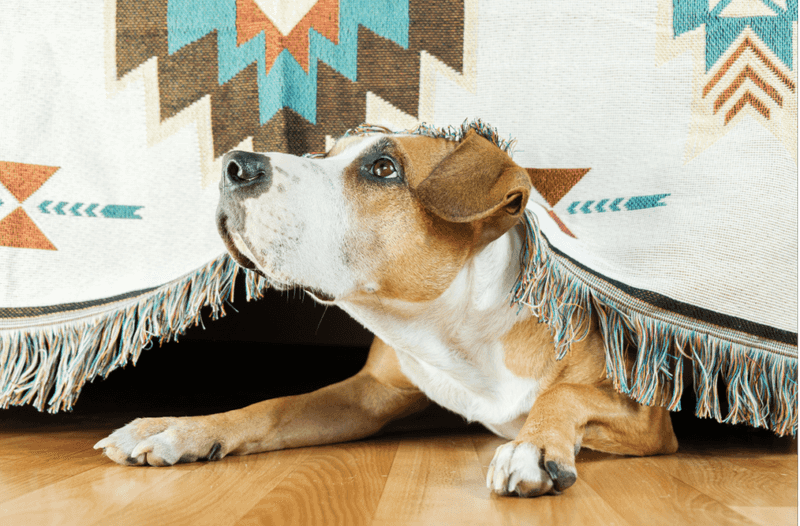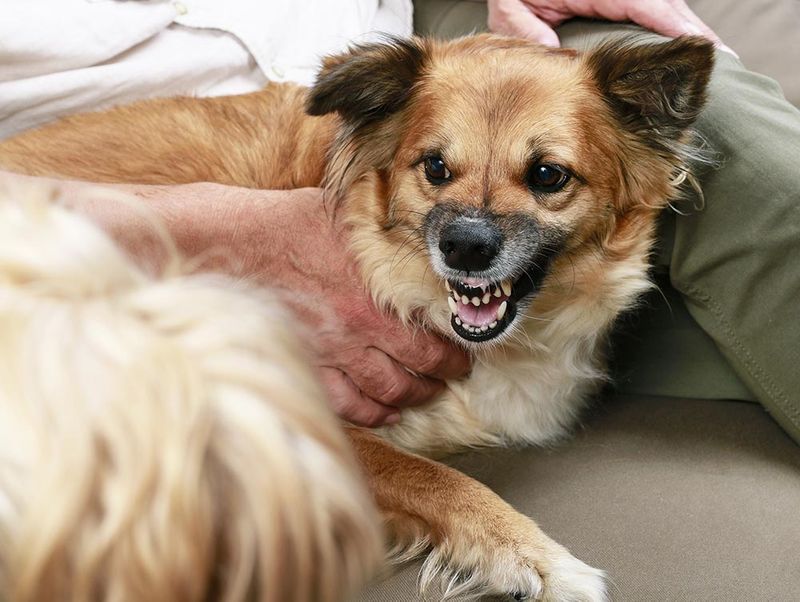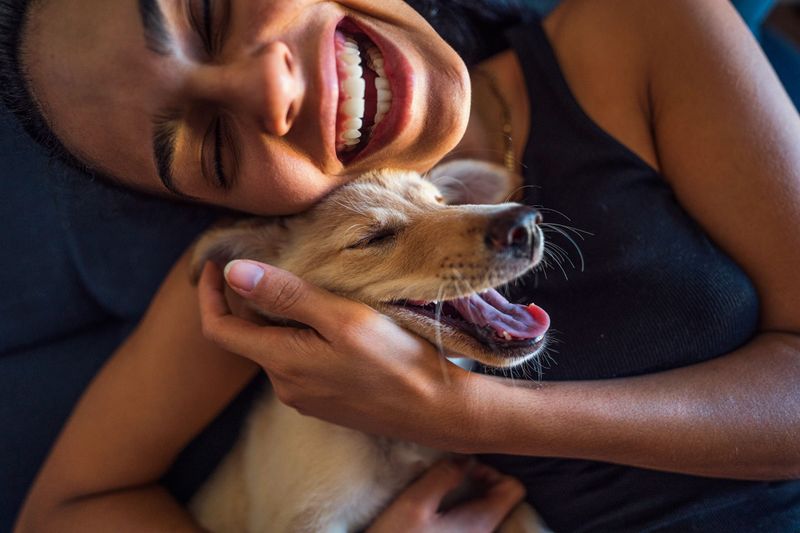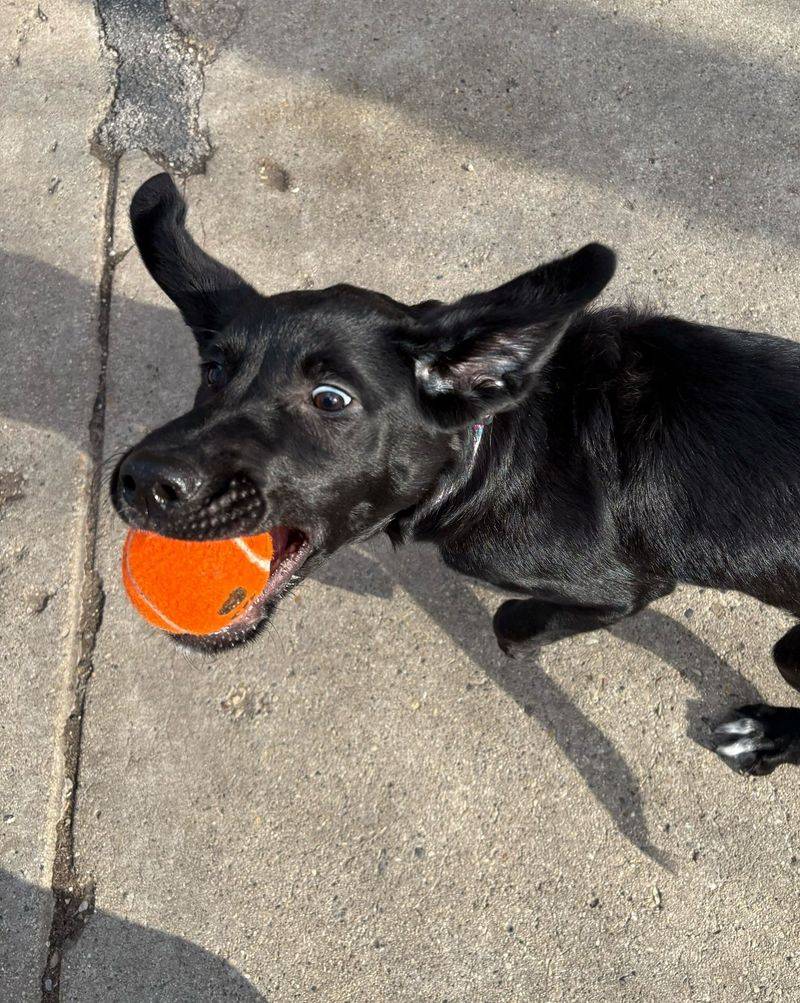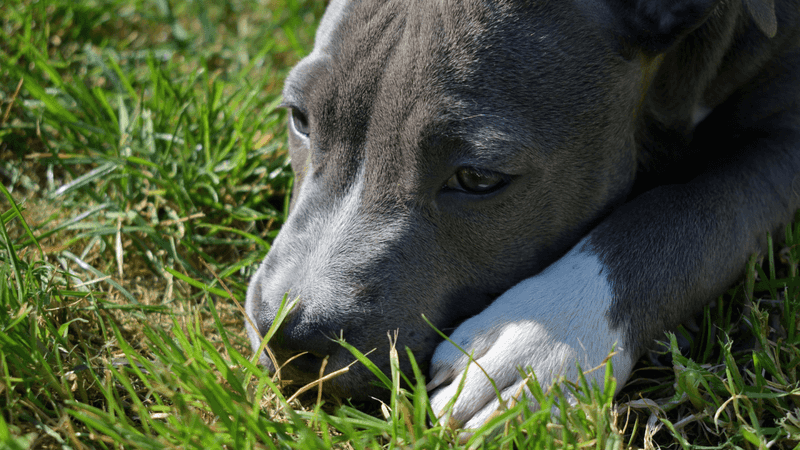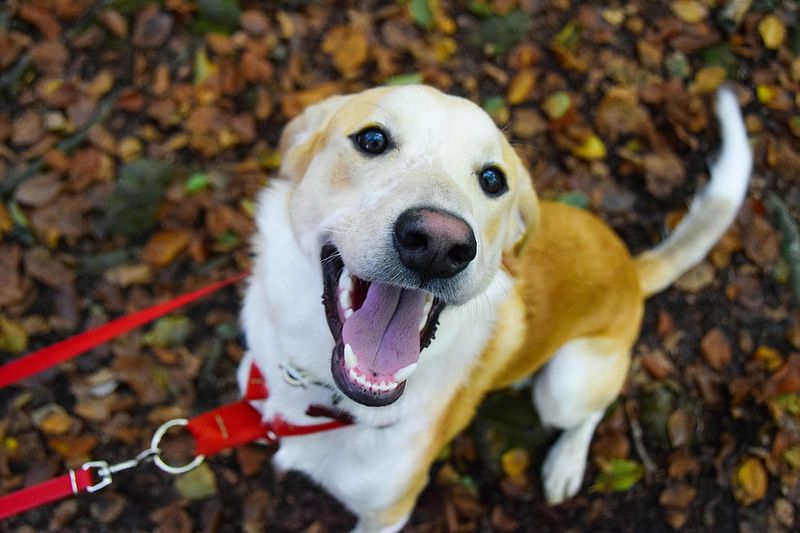Bringing a newly rescued dog into your home is a rewarding experience, but it comes with its own set of challenges. These dogs often display a wide range of emotional responses as they adjust to their new environment. Understanding these emotions can help pet owners provide the necessary support and care during this transition period.
Curiosity
The moment a rescued dog steps into unfamiliar surroundings, curiosity often takes hold. They might explore every nook and cranny, sniffing out each corner like a detective on a mission. This inquisitive nature is a good sign, revealing their interest in the environment.
It’s like watching a child in a candy store, eyes wide open with wonder. Their tails may wag slightly as they take in new scents and sights.
Encouraging this behavior ensures they grow more comfortable, turning unease into familiarity. It’s an essential step in settling into a new home.
Fearfulness
Fear is a common emotion in newly rescued dogs. They might cower in the corner, overwhelmed by the change. Shadows might become monsters, and every sound a potential threat.
Their eyes might dart around anxiously, seeking safety in the unknown. A gentle voice and a soft touch can work wonders, providing the reassurance they desperately need.
Patience becomes your ally here. With time, love, and understanding, their fear can transform into trust, laying the foundation for a strong bond. Helping them feel secure is the first step to healing.
Excitement
Joy often bursts forth in the form of uncontainable excitement. For some, it’s like opening a long-awaited gift, a new world filled with possibilities.
Bounding around, tails wagging fiercely, these dogs display an infectious enthusiasm that lights up the room. Their eyes sparkle with the thrill of new adventures awaiting them.
Channeling this energy positively is key. Providing toys and engaging activities helps them release pent-up emotions, leading to a happy, balanced pet. Celebrate their joy, and you’ll find a loyal companion eager to explore life with you.
Anxiety
New environments can provoke anxiety in rescued dogs. They might pace restlessly, unable to settle, their minds racing with uncertainty.
Every noise can be startling, making them jumpy and nervous. Their eyes may lock onto you, searching for comfort and reassurance.
Creating a calm, safe space is vital. Familiar routines and gentle words can ease their racing hearts, transforming nervousness into calm. Over time, their confidence grows, allowing them to embrace their new life with open paws.
Shyness
Some rescued dogs exhibit shyness, peering from behind furniture, observing from a distance. This reserved demeanor may stem from past experiences shaping their cautious approach.
Their eyes reveal a world of untold stories, seeking kindness and patience from those around. Approaching them with gentle care can coax them from their shell.
Gradual exposure to new people and environments helps them build confidence. Soon, their shyness evolves into curiosity, allowing their true personality to shine. With love, even the shyest dog can blossom.
Aggression
In some cases, aggression surfaces as a defensive mechanism in rescued dogs. Baring teeth or growling, they protect themselves from perceived threats.
Understanding this behavior requires empathy, recognizing it often masks fear or insecurity. A firm, yet compassionate approach can redirect their aggression.
Professional training and consistent boundaries provide a safe framework for them to learn trust. As they relax, aggression diminishes, revealing a softer side waiting to emerge. Patience and guidance lead them to a more peaceful existence.
Affection
Amidst the challenges, affection often emerges, a testament to a rescued dog’s capacity for love. They may snuggle close, seeking warmth and connection.
Eyes filled with gratitude, they communicate volumes through simple gestures. It’s as if they understand the gift of a second chance, wanting to reciprocate with devotion.
Encouraging this bond strengthens their sense of belonging. The more love they receive, the more they give back, creating a cycle of happiness. Affection becomes the foundation of a lasting relationship.
Confusion
Amidst new surroundings, confusion may cloud a rescued dog’s mind. They might tilt their head, trying to make sense of unfamiliar sights and sounds.
This bewilderment is natural, as they process the changes swirling around them. Their eyes seem to ask questions, eager for answers.
Guiding them gently through each step eases this confusion. Familiar routines and a steady environment help them find their footing. Soon, clarity replaces confusion, paving the way for understanding and adaptation.
Playfulness
Playfulness often surfaces as a delightful surprise. Like a child discovering toys for the first time, rescued dogs might engage in spirited antics.
Their tails wag furiously, eyes alive with mischief and joy. Play becomes their language, a way to bond and express newfound happiness.
Providing ample opportunities for play nurtures their spirit. Engaging in games fosters trust, turning playtime into a cherished ritual. It’s a joyful reminder of their resilience and capacity for joy.
Sadness
Sadness can manifest in the eyes of a newly rescued dog. They might lie with a heavy heart, reflecting on what they’ve left behind.
This melancholy is a natural response, a silent mourning for familiarity lost. Yet within those eyes lies a plea for understanding and comfort.
Offering a loving presence and gentle encouragement helps lift their spirits. Over time, sadness fades, replaced by hope and happiness. A compassionate approach paves the path to healing and joy.
Guarded Optimism
With a wag of the tail and a cautious gaze, some dogs exhibit guarded optimism. They want to trust and love but are still unsure of their surroundings.
This emotion is a hopeful sign that they are open to bonding and forming a connection. Their guarded nature is often a protective shield, slowly unraveling as they feel more at home.
Providing consistent affection and patience will allow this optimism to blossom into full-fledged trust.
Reluctance
Reluctance can appear as hesitation in a new place. A rescued dog may pause at the threshold, uncertain about crossing into the unknown.
Their paws might hover, caught between the past and present. This reluctance is a momentary pause, a chance to gather courage and assurance.
Encouragement and patience guide them forward. With time, they learn to trust their surroundings, ready to step into their new life. Supporting their journey transforms reluctance into confidence, enabling them to embrace their future.
